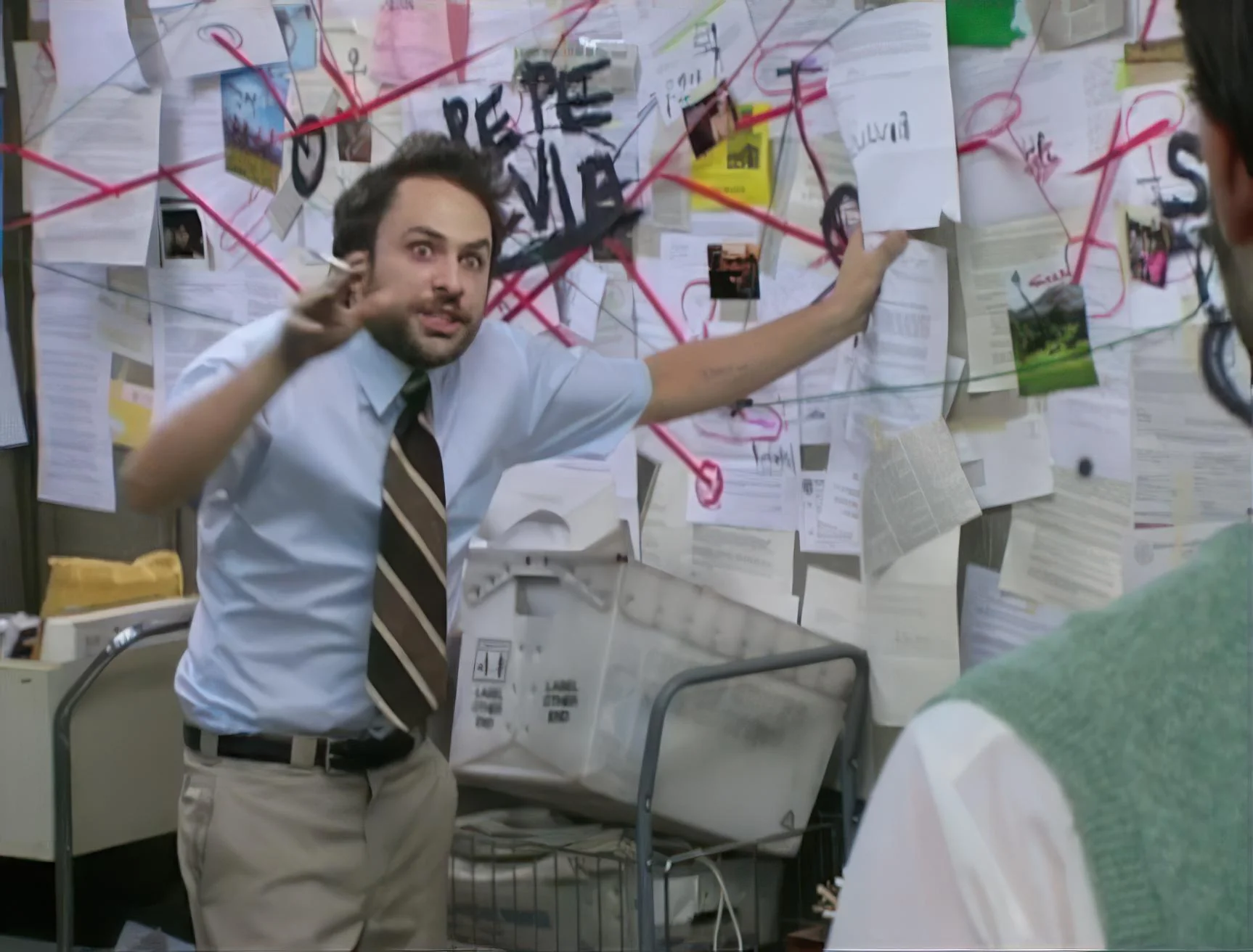I’d like to start by clarifying that the following way of working is based on an ideal scenario, which, in my experience, doesn’t happen too often. We work in a fast-paced environment, and many of these steps are sometimes skipped. Sometimes, work starts in the middle, or progress is made and, for some reason, we go back and start over. The important thing is to treat this as a blueprint, not as a set of strict steps to follow.
One must be flexible, willing to adapt to continuous changes and iterations, and maintain a holistic perspective, keeping in mind that everything we do impacts other areas and can create dependencies.
What do I want to achieve or solve? For whom?
I like to start any type of design by thinking about a few questions: Why does this product need to exist? Who are you creating this for? What metrics do we want to impact? What business problems will this solve? I find it essential to create a foundation that aligns with a high-level business strategy.

Understanding the users a bit more
Once I have the previous definitions, if possible I like to conduct research to gain a deep understanding of the users and their needs, as well as an analysis of the competition or the market we are in.
Regarding users, I frequently engage in evaluative research. I conduct usability tests as an interviewer and can also serve as an observer. Additionally, I perform unmoderated tests, guerrilla testing, cloze tests, card sortings, and other research techniques that help me validate proposals and identify improvement opportunities.
When it comes to market analysis and competitors, I believe having a strong benchmark is essential—not only to examine trends and industry standards but also to understand what the competition is doing. I focus on both direct and indirect competitors to gain a broader perspective.
Both user research and market research are necessary components of this phase
Planning ahead
Once all this information is gathered, high-level plans are outlined. We start thinking about how the product will be built and what technologies will be necessary. A roadmap for the project is developed, and milestones begin to be established.

Design time!
It’s time to start sketching out ideas, and I like to keep a few key considerations in mind: How will users interact with the interface? What information must be easy to find? I aim to keep things as low-fidelity as possible, though sometimes a more polished version is necessary. The things I prioritize at this stage include: Information architecture, Navigation, Layout, Usability, Accessibility, and Microcopy (which isn’t my specialty, but I really enjoy writing copy).
Animating things
I like to prototype elements once the UI is more or less defined (whether low or high fidelity). This helps to showcase a more realistic experience, especially if user testing will be involved later in the process.
Let’s Test It Out
While it’s not always an option, it’s crucial to test the interface with real users and gather their feedback for iteration. The more information we gather, the better, ensuring the product is as polished as possible before handoff.

Handoff
Once everything else is finalized, prepare comprehensive documentation before handing over the final version to stakeholders and development teams.
Iteration
The design process is an ongoing cycle that’s meant to be repeated as users interact with and provide feedback on the product. The goal is to continuously improve the user experience by making small changes and refinements over time
